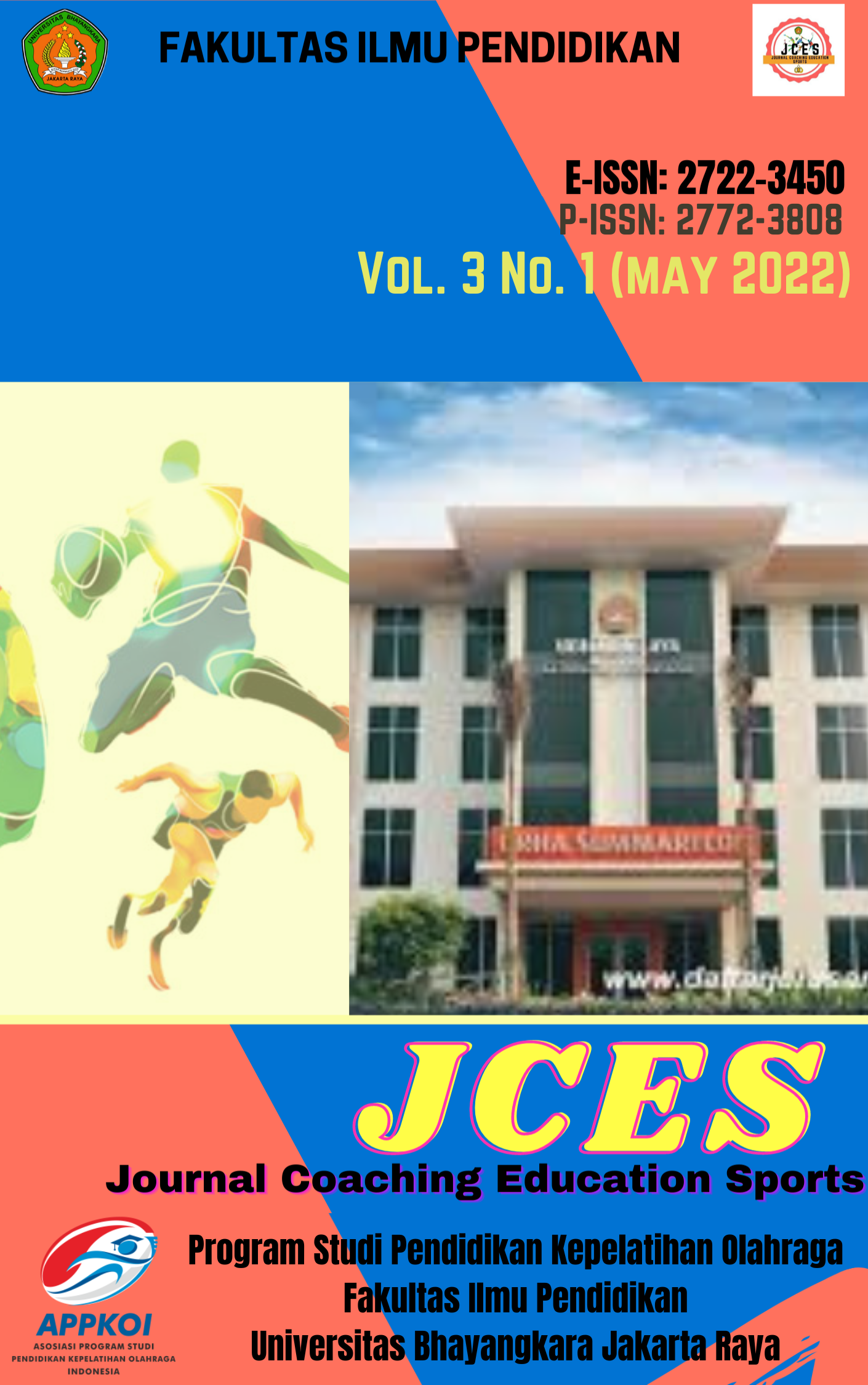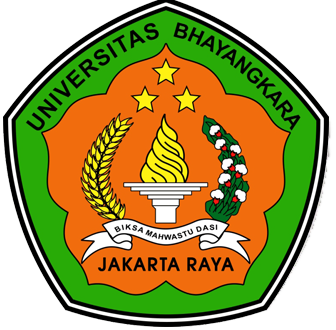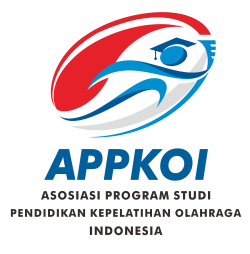The Effect of Dumbell Load Training on Straight Block Speed on Muay Thai Athletes Unsyiah Banda Aceh
DOI:
https://doi.org/10.31599/key0j337Keywords:
Dumbbell Weight Training, Straight Blow, MuaythaiAbstract
Based on the results of observations at UKM Unsyiah, not all athletes from UKM Muay Thai Unsyiah can hit "straight" well and quickly. There are still many who make shots that are not directed, not on target, and weak on the targets they do hit. This situation is caused by the lack of support from the physical ability of the athlete and the lack of mastery of hitting techniques properly and correctly. In addition, it was found that around 80% of beginners experienced weakness when hitting straight, which was caused by weak weight training. The purpose of this study was to determine the effect of dumbbell weight training on the speed of straight strokes in the Unsyiah Muay Thai Student Activity Unit athletes. This research method uses quantitative research using a correlational technique design. The sample used was the UKM Muay Thai Unsyiah athletes, totaling eight people, consisting of four male athletes and four female athletes. The results showed that dumbbell weight training had an effect on the speed of straight strokes in the athletes of UKM Muay Thai Unsyiah. The results of this study mean that the better the straight stroke speed of an athlete, the better the results are obtained from dumbbell weight training.
Downloads
References
Bompa. (2011). Theory And Of Training The Key Perpomance,. Hunt Publishing Company. Khakiki, M. A., & Wahyudi, H. (2022). Analisis Kondisi Fisik Atlet Putra Muay Thai Tuban Di Era Pandemi Covid-19. Jurnal Kesehatan Olahraga, 10(1), 217–224. https://ejournal.unesa.ac.id/index.php/j urnal-kesehatan- olahraga/article/view/44226
Kholis, M. N. (2016). Aplikasi Nilai-Nilai Luhur Pencak Silat Sarana Membentuk Moralitas Bangsa. Jurnal Sportif, 2(2), 76–84. https://doi.org/10.29407/js_unpgri.v2i2. 508
Los Arcos, A., & Martins, J. (2018). Physical Fitness Performance of Young Professional Soccer Players Does Not Change During Several Training Seasons in a Spanish Elite Reserve Team: Club Study, 1996-2013. Journal of Strength and Conditioning Research, 32(9), 2577–2583. https://doi.org/10.1519/JSC.000000000 0002426
Mustain, A. Z., & Akbar, R. (2021). Pengembangan Alat Ukur Kecepatan Reaksi Tendangan Dan Pukulan Berbasis Whole Body Reaction (WBR)
Pada Atlet Pencak Silat. Sosioedukasi: Jurnal Ilmiah ..., 10(1), 139–149.
Nilasari, D. D., Syafrial, S., & Illahi, B. R. (2020). Motivasi dan Sarana Prasarana Latihan Atlet Provinsi Bengkulu Menuju Pon XX Papua. SPORT GYMNASTICS : Jurnal Ilmiah Pendidikan Jasmani, 1(2), 30–36. https://doi.org/10.33369/gymnastics.v1i2.12955
Persadanta, Sukendro, & Rasyono. (2020). Pengaruh Resistance Band Exercise terhadap Power Otot Atlet Muay Thai. Junrla Olahraga & Kesehatan Indonesia, 1(1), 23–29. https://jurnal.stokbinaguna.ac.id/index. php/jok%0APENGARUH
Syukriadi, A., Nuzuli, & Rozi, F. (2021). Profile Kondisi Fisik Umum Atlet Cabang Olahraga Muay Thai Aceh. Jurnal Penjaskesrek, 8(1), 56–68. https://doi.org/10.46244/penjaskesrek.v 8i1.1382
Wicaksono, A. S., & Hariyanto, E. (2021). Survei Kondisi Fisik Atlet Pusat Pelatihan Muaythai. Sport Science and Health, 3(2), 54–65. https://doi.org/10.17977/um062v3i2202 1p54-65
Yusuf, M. A. (2015). Kontribusi Kekuatan Otot Lengan dan Koordinasi Mata - Tangan Terhadap Pukulan Smash pada Bulutangkis Kategori Remaja Putra. Jurnal Kesehatan Olahraga, 3(1), 22– 30. https://jurnalmahasiswa.unesa.ac.id/ind ex.php/jurnal-kesehatan-olahraga/article/view/11161/10659
Downloads
Published
Issue
Section
License
Copyright (c) 2022 Zikrur Rahmat, Irfandi, Munzir

This work is licensed under a Creative Commons Attribution 4.0 International License.






.png)







